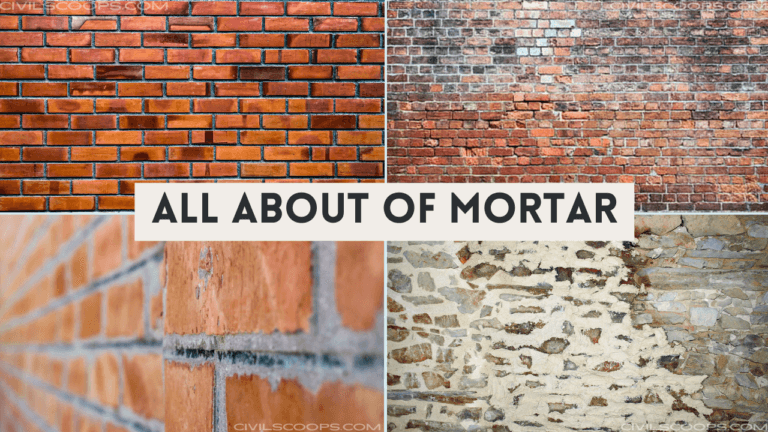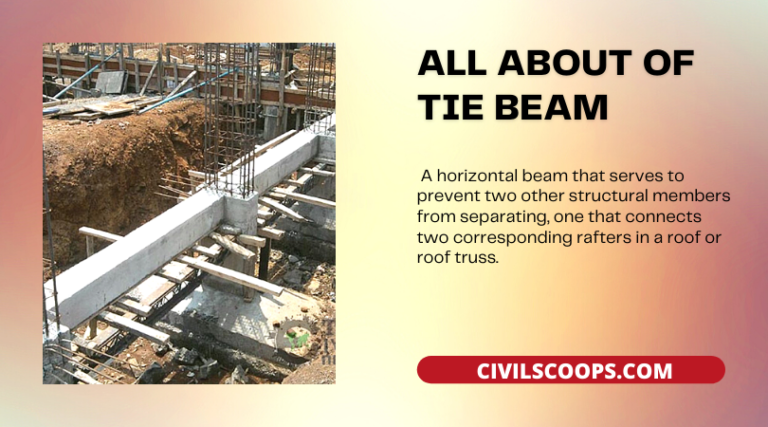All About of Lean-To Roof | What Is a Lean-To Roof | Lean-To Roof Design | Advantages And Disadvantages of the Lean-To Roof
What Is a Lean-To Roof? A lean-to roof is called construction in which the roof leans opposite to another wall, and it is a straightforward design that is commonly attached to an actual flat with the top angle of a lean roof bent as opposed to the building. The lean-to roof can be a single…








